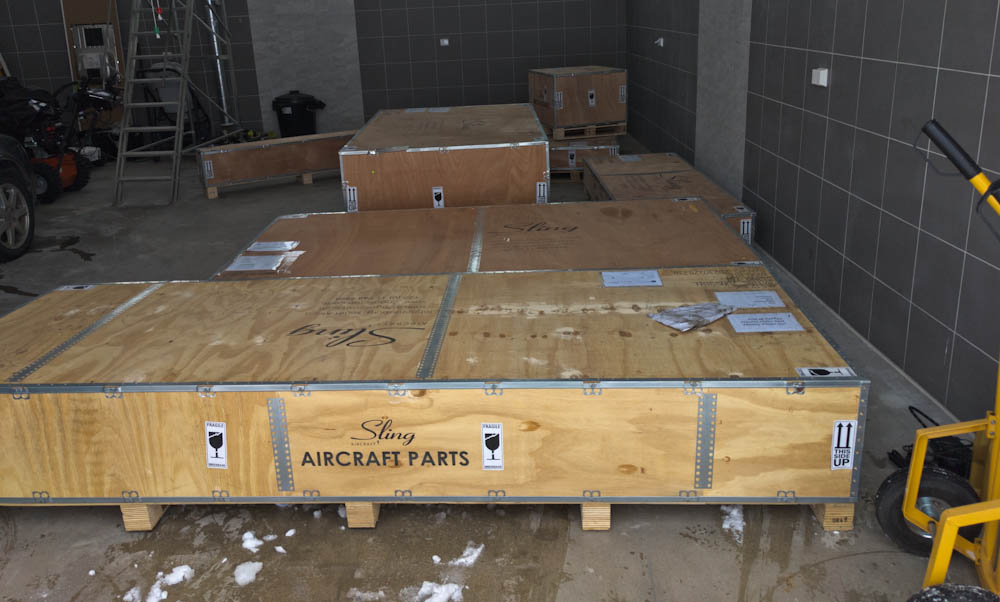It’s now 12 years since I first posted about airplane building and announced that I was going to build a Long-Ez. Since then, our life situation has changed considerably, we’ve moved across the world, received kids, changed jobs, and no plane building whatsoever has taken place…
Once we had one kid and were thinking about another, I realized the Long-Ez did not really fit the mission any longer, so pivoted to aiming for a Cozy Mk.IV, the 4-seat cousin of the Long, instead. It’s built in essentially the same way with the same materials, but since it’s larger it takes a bit longer to build.
About 2.5 years ago I finally thought the situation through and realized that we had fully transitioned from the “more time than money” state into “more money than time”. The chances of me actually completing a Cozy in anything like the next 12 years would be slim, so I started reevaluating.
While I really like the composite construction of the Cozy and Long-Ez, there’s no arguing that manufacturing all the parts from plans takes a loong time. In the meanwhile, aluminum airplane kits have come a long way, exemplified by the RV series of kits from Van’s aircraft. Building one of these is now more like assembling a puzzle, albeit a very large and complicated one, since the parts fit together really well. Gone are the days when you had to manually drill the rivet holes, in the CNC-stamped kits manufactured these days the parts are essentially complete. This comes at a cost in kit price, obviously, but it also cuts down on the amount of work needed to complete an aircraft. At this point, I was willing to accept that.
The majority of kit aircraft are 2-seaters. I still want a 4-seater to haul the family on trips, and the two main alternatives in that category are the RV-10 from Van’s aircraft and the Sling TSi from Sling Aircraft. While pretty much everyone interested in general aviation will have heard of Van’s, Sling is not quite as well known. This South African company has been building complete airplanes and kits since 2008. The 4-seat TSi, introduced in 2018, is quickly gaining popularity around the world. While the planes are quite similar, the Sling is a bit smaller and lighter, with a 150hp Rotax 915 engine as opposed to the 260hp Lycoming IO-540 engine in the RV-10. The smaller engine translates to a bit lower cruise speed (but not much, since the Rotax is turbocharged and keeps its power at high altitude) but also lower fuel consumption.
The big difference in construction is that the Sling kit uses pull rivets (or “pop rivets”) while the RV uses solid aviation rivets. The advantage of pull rivets is that it’s considerably faster to build, and also doesn’t require two people like the solid rivets do in many cases (since there needs to be a bucking bar held against the back of the rivet). The video below gives an overview of the TSi.
I had the opportunity to go for a demonstration flight in the Sling at their North American distributor in Torrance (just a short drive from SpaceX’s headquarters) and really liked it. I also flow a couple of flights with an instructor in the 2-seat Sling to get some more feel for how they work. In general I’m a fan of the Rotax line of aircraft engines, since they’re about the only ones really innovating and bringing modern electronically fuel-injected and computer controlled engines into the airplane world, with all the improvements in fuel consumption and reliability that this brings. I was sufficiently pleased with what the kit looked like and how the plane flew that I went ahead and put in a deposit for a Sling TSi kit in March of 2023. The kit arrived in November, and since then I’ve been working to get the garage in shape to begin building.
